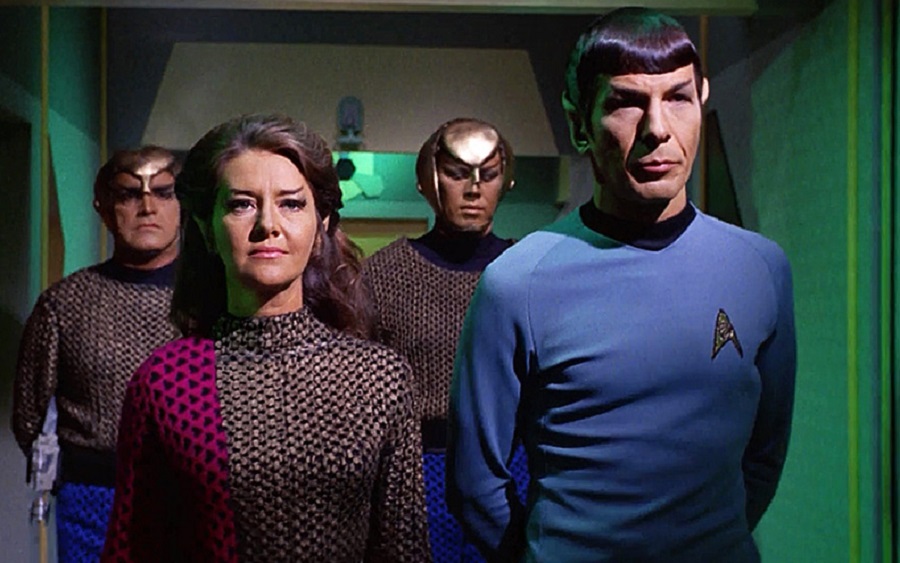Romulan

Nestled within the shadows of the vastness of space lies a civilization shrouded in mystery and intrigue — the Romulan Empire. Ever since their first appearance in the Star Trek universe, Romulans have captivated the imagination of fans with their enigmatic culture, formidable military prowess, and intricate political maneuvers. In this article, we embark on a journey to unravel the complexities of the Romulan civilization, exploring their history, society, and unique characteristics that set them apart in the galaxy.
Table of Contents
ToggleThe Origins of the Romulan Empire
The genesis of the Romulan Empire traces back to the ancient history of Vulcan, the home planet of their cousins, the Vulcans. Dissatisfied with the path of logic and suppression of emotions advocated by Surak, the revered Vulcan philosopher, a group of dissidents embarked on a daring exodus. These dissidents, led by a charismatic figure known as S’Task, sought to embrace their emotions freely rather than suppress them. Their journey across the stars eventually led them to settle on Romulus and Remus, where they established their new civilization.
Culture and Society
Central to Romulan society is the concept of deception and secrecy. Romulans are renowned for their cunning and manipulative nature, often employing intricate schemes and subterfuge to achieve their objectives. This clandestine approach extends to various facets of Romulan life, from politics and diplomacy to military strategies.
Romulan culture places great emphasis on loyalty to the state, with citizens expected to prioritize the interests of the Empire above all else. The Tal Shiar, the notorious Romulan intelligence agency, operates as the enforcer of loyalty, rooting out dissent and maintaining order through surveillance and espionage.
Despite their reputation for ruthlessness and cunning, Romulan society is also steeped in rich traditions and customs. Honor and duty hold significant importance, and individuals are expected to adhere to strict codes of conduct, particularly within the military and governmental hierarchies.
Military Might and Expansion
The Romulan Star Empire boasts one of the most formidable military forces in the galaxy. Their fleet of warbirds, including the iconic D’deridex-class Warbird, strikes fear into the hearts of their adversaries. Renowned for their advanced cloaking technology, Romulan vessels are capable of striking with deadly precision before vanishing from sight, leaving their enemies vulnerable and perplexed.
Expansionist ambitions have long been a driving force behind Romulan policy. The Romulan Star Empire seeks to assert its dominance and expand its influence across the galaxy, often engaging in aggressive tactics to achieve these goals. Border skirmishes and proxy wars are commonplace as Romulan forces seek to secure strategic territories and resources.
Diplomatic Relations and Intrigues
The Romulan Empire’s relations with other major powers in the galaxy are characterized by a delicate balance of diplomacy and distrust. Romulans are notorious for their skill in manipulation and subterfuge, often playing both sides of a conflict to further their own interests.
One of the most enduring conflicts in the Star Trek universe is the ongoing tension between the Romulan Empire and the United Federation of Planets. Despite occasional attempts at diplomacy and cooperation, deep-seated mistrust and ideological differences continue to fuel hostilities between these two powers.
Conclusion
The Romulan Empire stands as a testament to the complexities and nuances of interstellar politics and civilization. From their enigmatic origins to their formidable military prowess and intricate diplomatic maneuvers, Romulans continue to intrigue and fascinate audiences with their rich culture and society. As we continue to explore the vastness of space, the enigmatic Romulan Star Empire remains a formidable force to be reckoned with, its secrets and ambitions shrouded in the depths of the cosmos.






